What to Forage in Maine and Where to Find It
Discover what to forage in Maine, from wild blueberries to mushrooms. Learn where to find them, their habitats, and safe foraging tips.
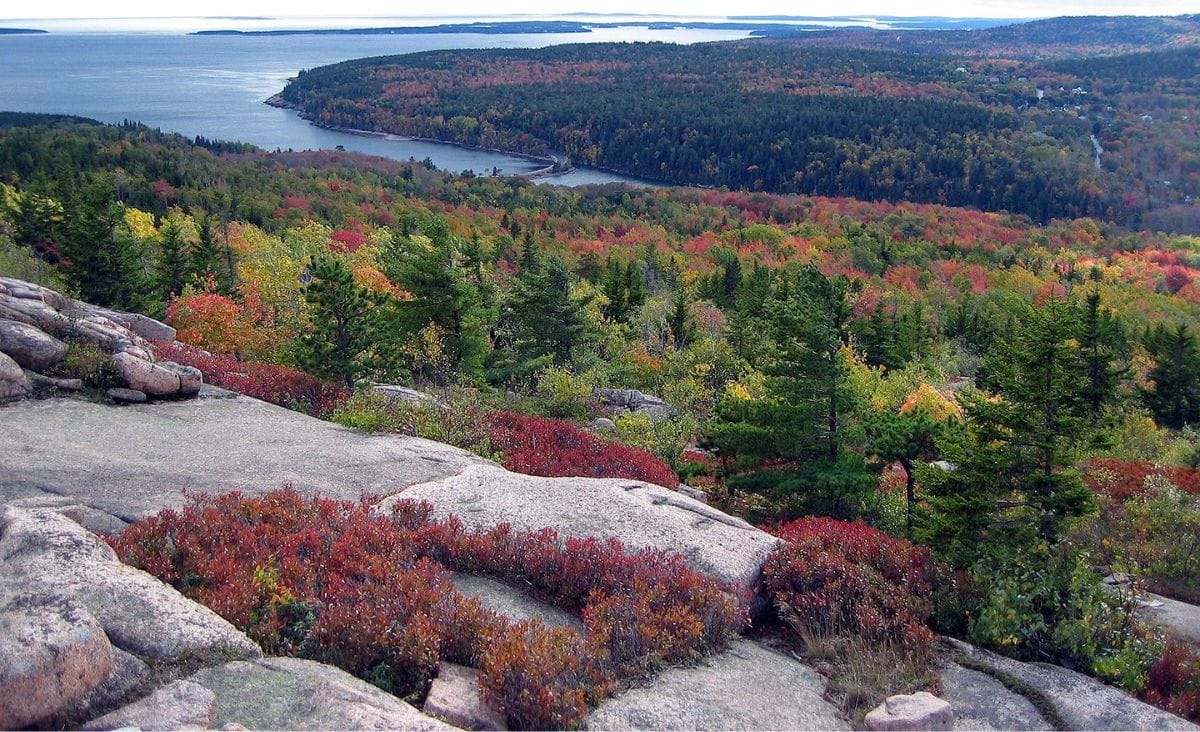
Maine’s rugged beauty offers more than stunning scenery; its diverse landscapes are teeming with foraging opportunities for those willing to explore. From lush forests to rocky coastlines, Maine is a haven for wild edibles waiting to be discovered. Whether you’re a seasoned forager or just starting out, Maine has something for everyone.
If you’ve been curious about what you can forage in Maine and where to find it, this guide covers everything you need to know, from seasonal tips to specific locations. Get ready to uncover the hidden treasures of Maine’s wild delights!
Foraging Seasons in Maine: What to Look for and When
Maine’s foraging calendar follows its distinct seasons. Timing is everything when it comes to finding the best wild edibles. Here’s a seasonal breakdown:
- Spring: Look for fiddleheads, ramps, and dandelion greens as the snow melts and new growth appears.
- Summer: Berries like wild blueberries, blackberries, and raspberries thrive, along with edible flowers and greens.
- Fall: Mushrooms such as chanterelles and boletes are abundant, as well as nuts like acorns and beechnuts.
- Winter: Though sparse, wintergreen berries and some pine-based teas can still be foraged.
Edible Plants, Berries, and Mushrooms in Maine
Maine’s diverse ecosystems—from coastal areas to inland forests—support a wide variety of foraged foods. Here’s what to look for and where to find it:
Fiddleheads
The tightly coiled fronds of young ostrich ferns are a springtime delicacy in Maine. With a flavor often compared to asparagus or green beans, they’re best steamed or lightly sautéed with olive oil and lemon.
- Season: Early spring (April to May)
- Where to Find Them: Riverbanks and damp areas, especially near the Penobscot River and the Kennebec River Valley.
- Habitat: Look for young ostrich ferns with tightly coiled fronds in shaded, moist areas.
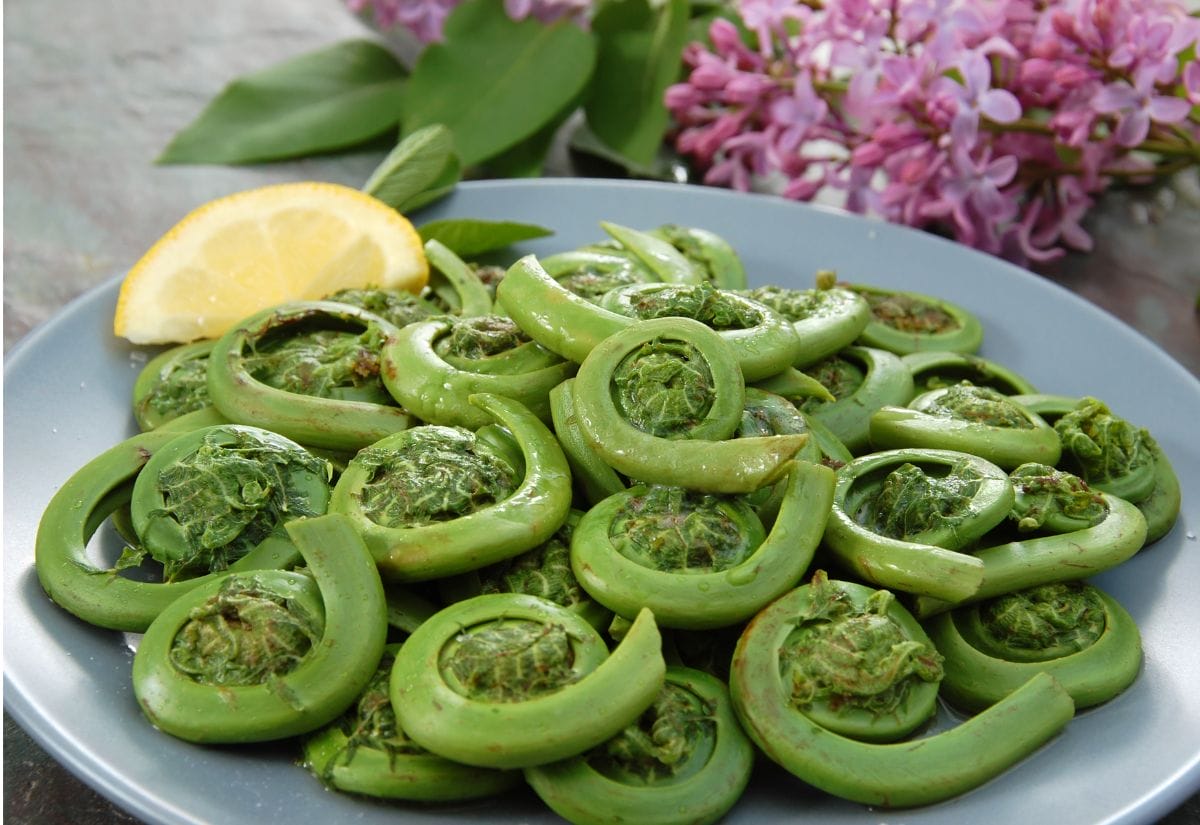
Ramps (Wild Leeks)
Ramps combine the flavors of onions and garlic, making them a coveted spring ingredient in soups, pestos, or pickles.
- Season: Early spring (April to May)
- Where to Find Them: Forested areas with rich, damp soil, such as those near the Appalachian Trail or Baxter State Park.
- Habitat: Look for broad green leaves and a distinctive garlicky smell.
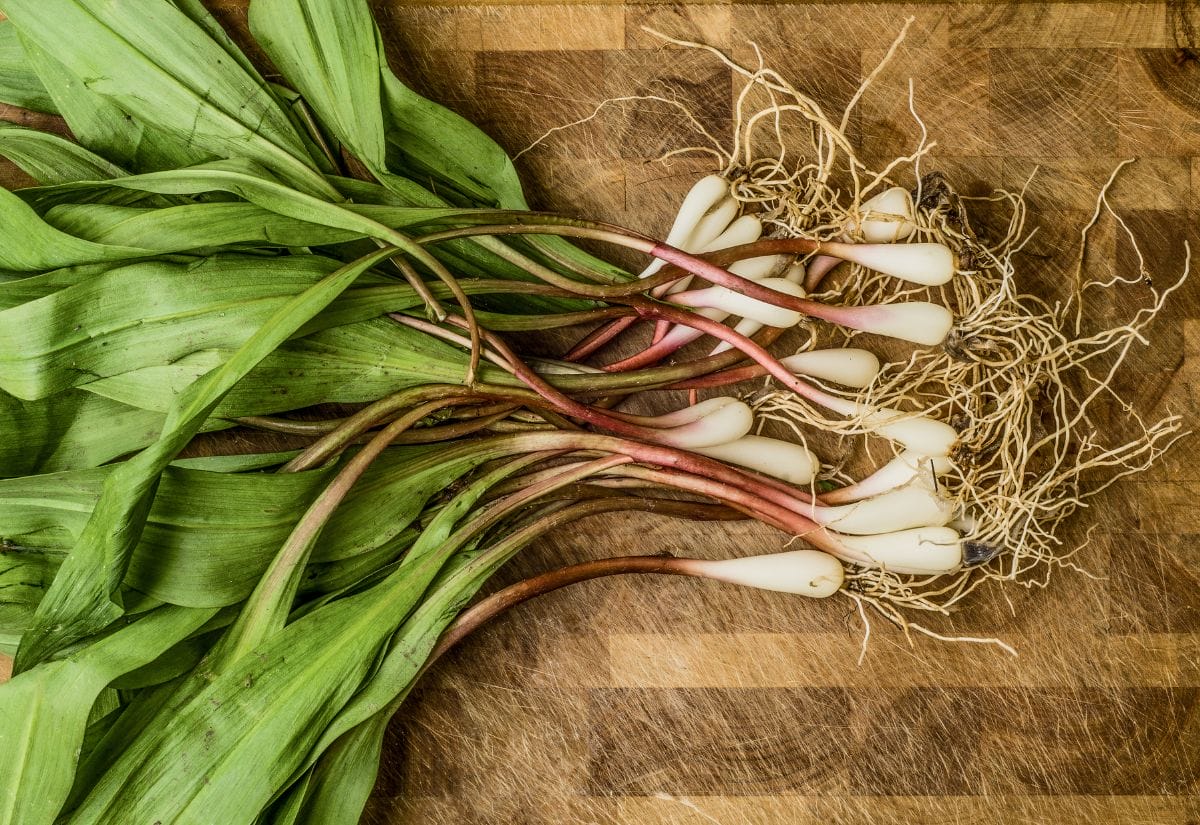
Milkweed Pods
Young milkweed pods, when properly prepared, have a mild, almost green bean-like flavor. They can be boiled and added to soups or sautéed as a side dish.
- Season: Late summer (August)
- Where to Find Them: Open fields and roadsides throughout central and southern Maine.
- Habitat: Look for young pods, no larger than 2 inches, to cook or pickle.
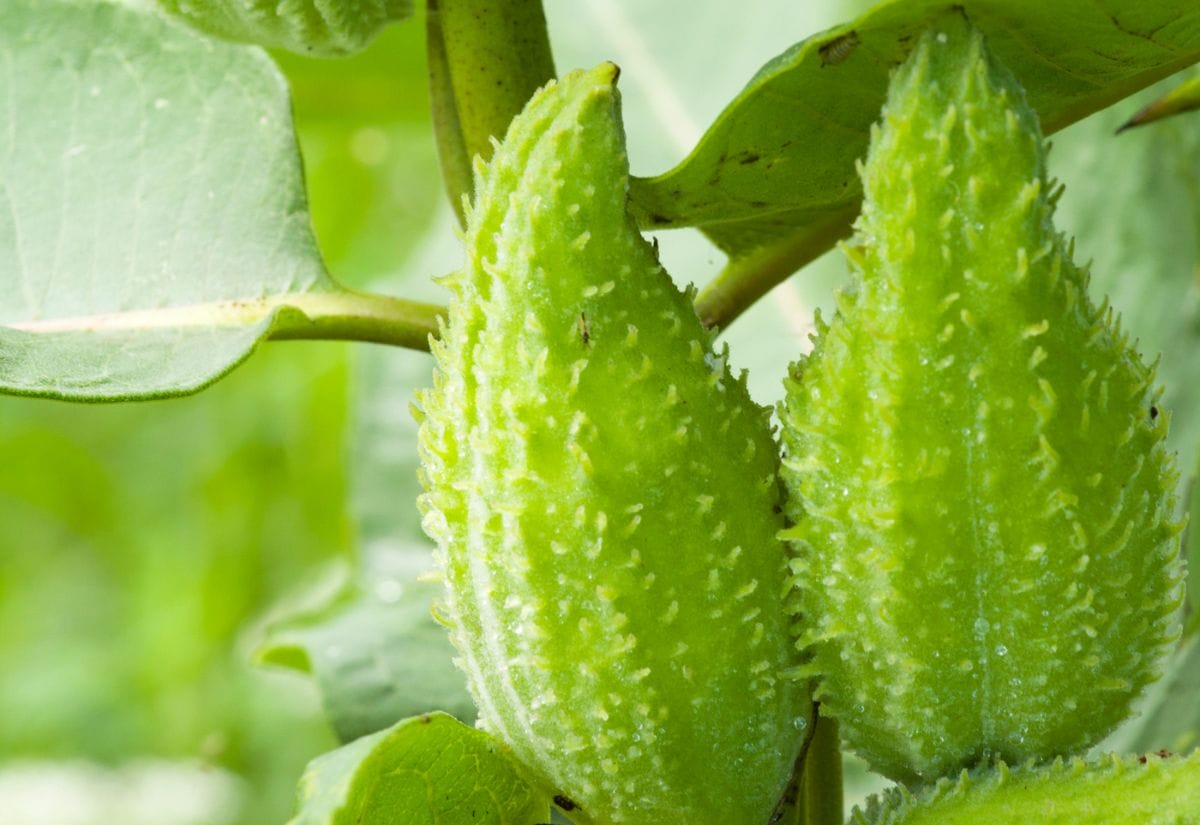
Staghorn Sumac
The bright red cones of sumac are loaded with vitamin C and make a tangy addition to drinks, marinades, or spice blends.
- Season: Late summer to early fall, usually August through September.
- Where to Find Them: Throughout Maine in open fields, roadsides, and forest edges.
- Habitat: Dry, sunny areas with well-drained soil, often growing in clusters of shrubs with their characteristic red cone-shaped fruit.
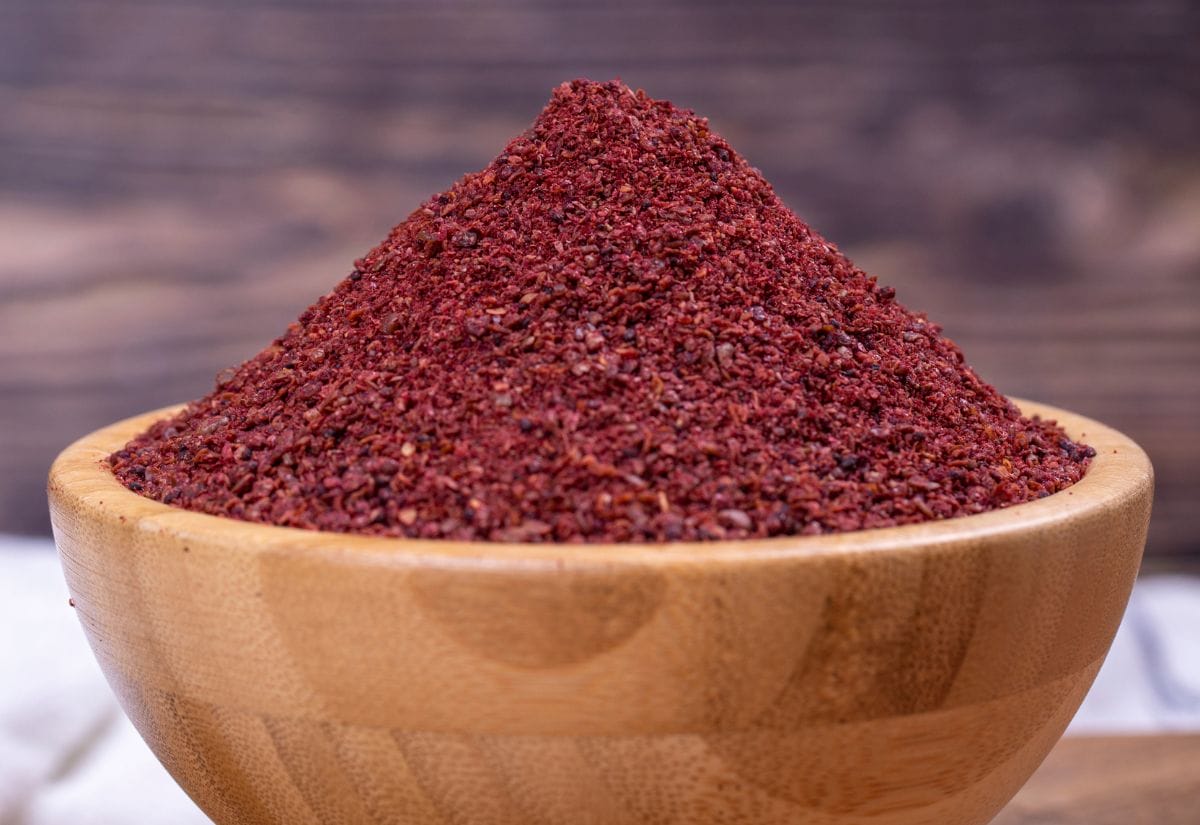
Dandelion Greens
Dandelion greens are a versatile and nutritious wild green, with a slightly bitter flavor that works well in salads, sautés, or blended into smoothies. Rich in vitamins A, C, and K, they offer a healthy boost to any meal.
- Season: Early spring and fall are best, though they can be harvested throughout the growing season.
- Where to Find Them: Commonly found in lawns, fields, and along roadsides across Maine.
- Habitat: Open, sunny areas with fertile soil, though they’ll grow almost anywhere.
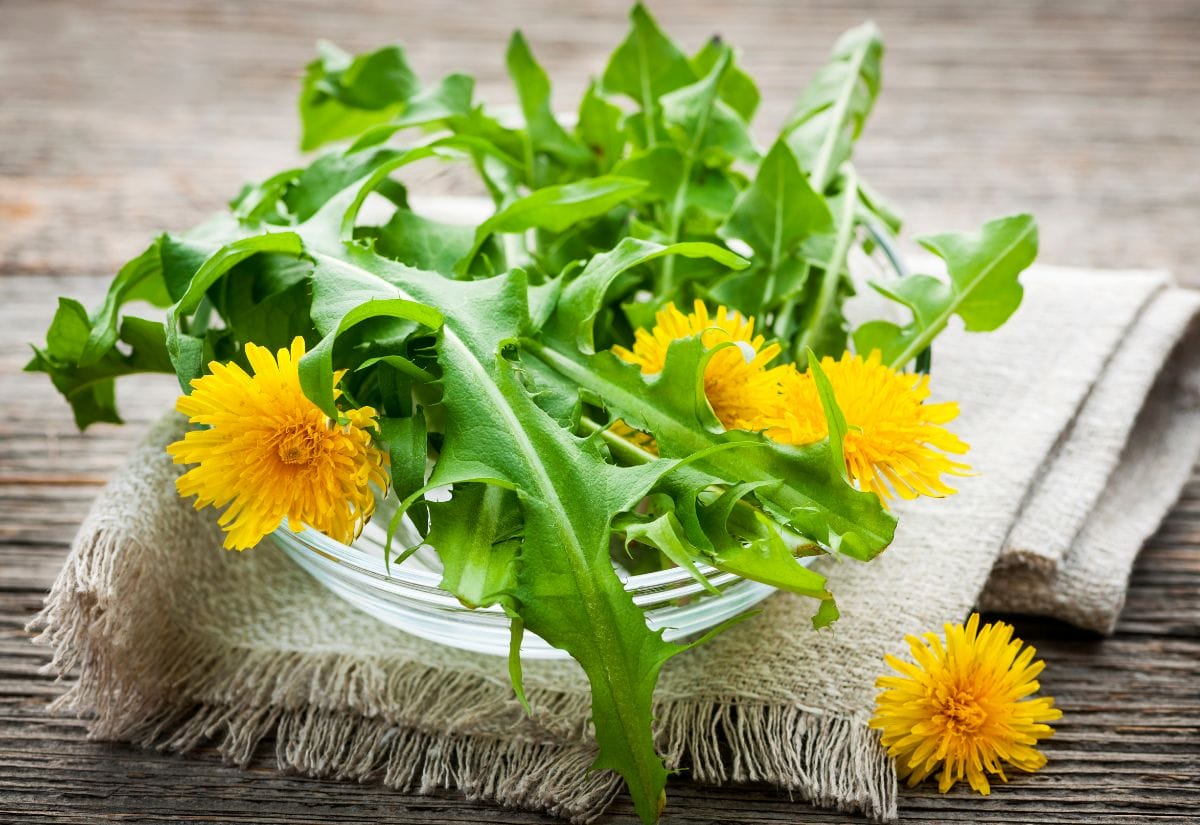
Pine Needles
Pine needles may not seem like an obvious edible, but they’re packed with vitamin C and have a refreshing, citrusy flavor. Use them to brew a fragrant tea or infuse syrups for cocktails and desserts.
- Season: Year-round, though the flavor is freshest in spring and summer.
- Where to Find Them: Across Maine, especially in forests dominated by white pine, red pine, and other conifer species.
- Habitat: Coniferous forests or mixed woodlands with pine trees—look for low-hanging branches for easy gathering.
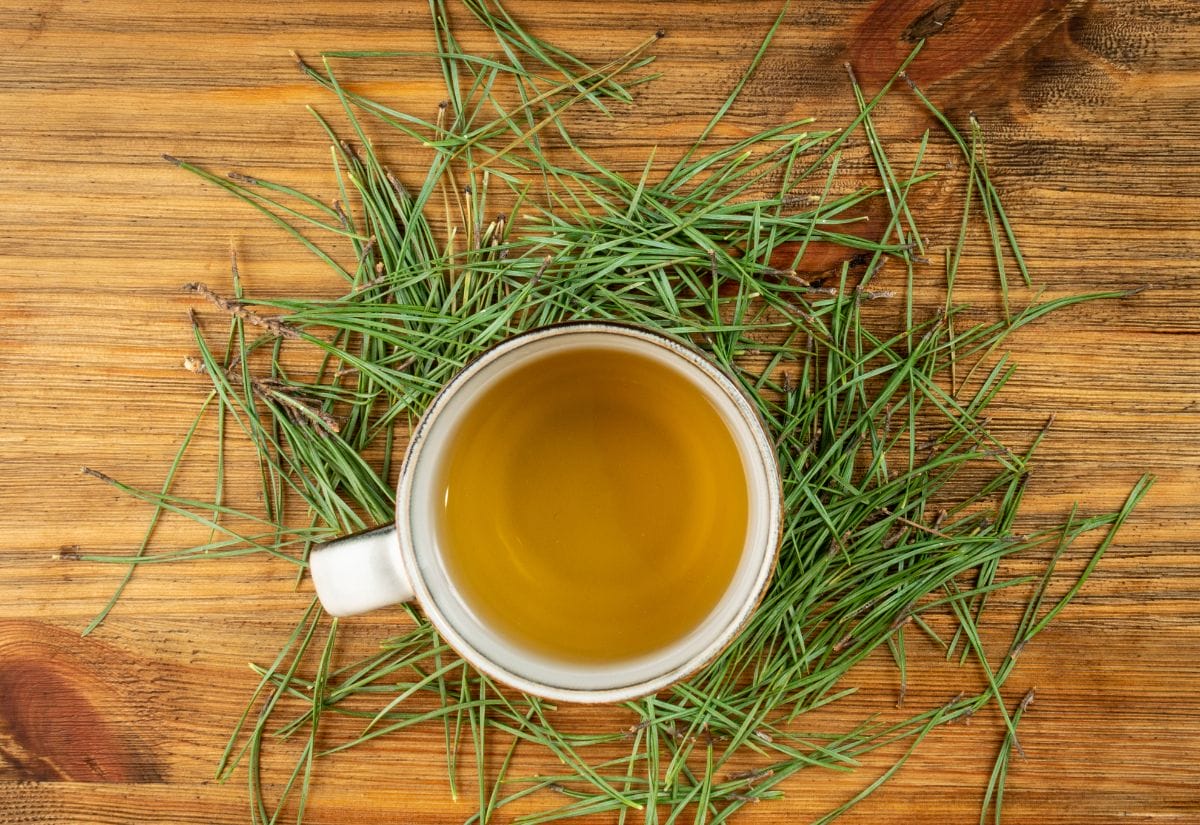
Wild Blueberries
Smaller and sweeter than cultivated varieties, Maine’s wild blueberries pack a punch of flavor and antioxidants. They’re perfect for eating fresh, baking into pies or muffins, or freezing for smoothies. They also make for a delicious cobbler.
- Season: Mid to late summer (July to August)
- Where to Find Them: Coastal barrens and rocky hillsides, particularly in Downeast Maine and Acadia National Park.
- Habitat: Thrives in acidic, sandy soils. Look for low-growing shrubs on open, sunlit terrain.
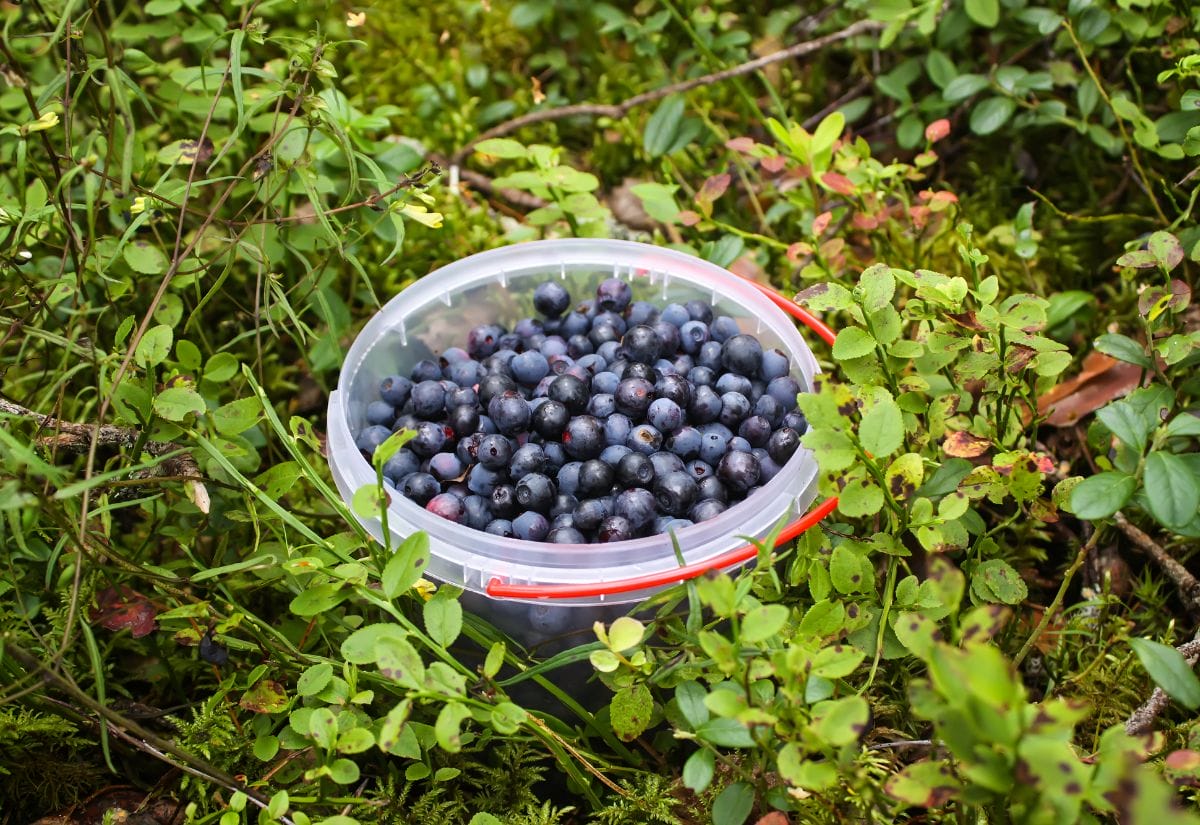
Beach Plums
These tart, cherry-sized fruits are a unique find along Maine’s coastal dunes and sandy beaches. Often used in jams, jellies, or even homemade liqueurs, their sweet-tart flavor pairs well with sugar.
- Season: Late summer (August to September)
- Where to Find Them: Sandy dunes and coastal areas, particularly along southern Maine beaches.
- Habitat: Small shrubs producing tart, purplish fruit.
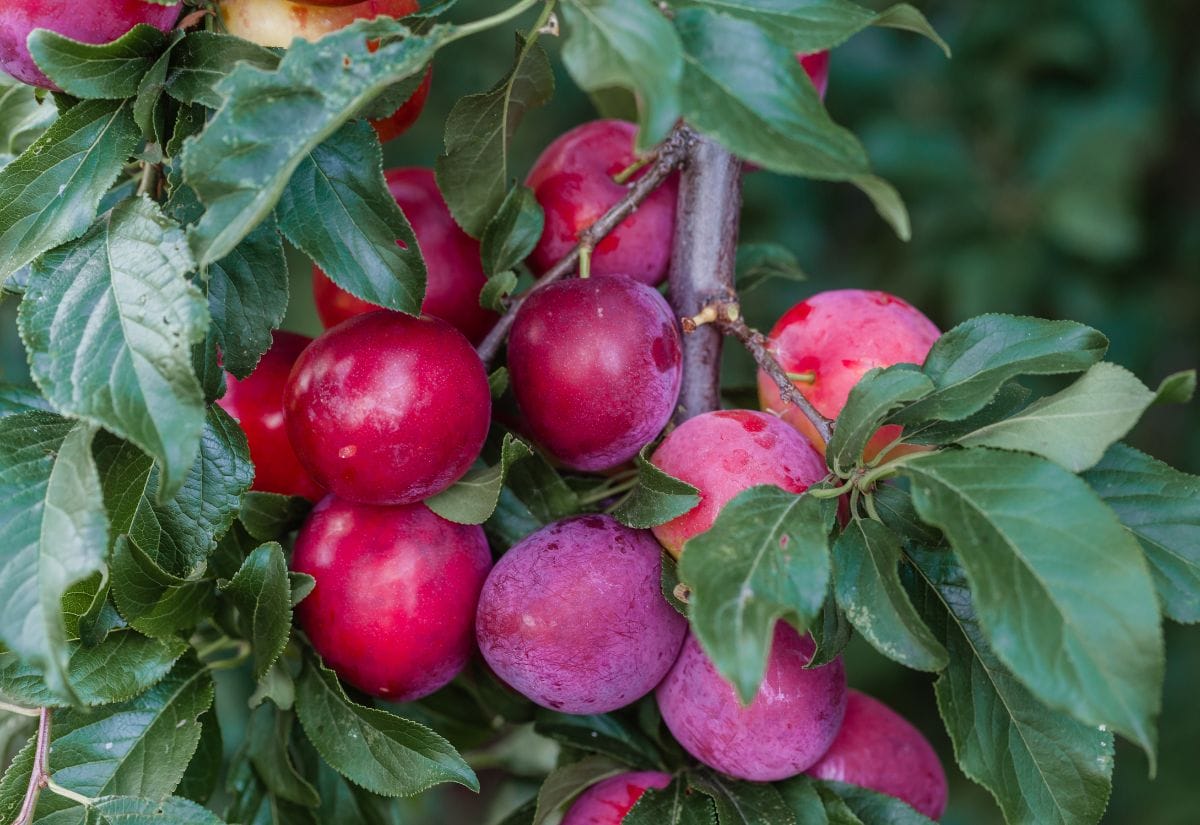
Wild Strawberries
These tiny, sweet berries pack a concentrated flavor far beyond their size. Enjoy them fresh, over yogurt, or as a garnish for desserts.
- Season: Late spring to early summer, usually June to early July.
- Where to Find Them: Meadows, clearings, and sunny edges of trails throughout Maine.
- Habitat: Open, sunny spaces with well-drained soil and low vegetation.
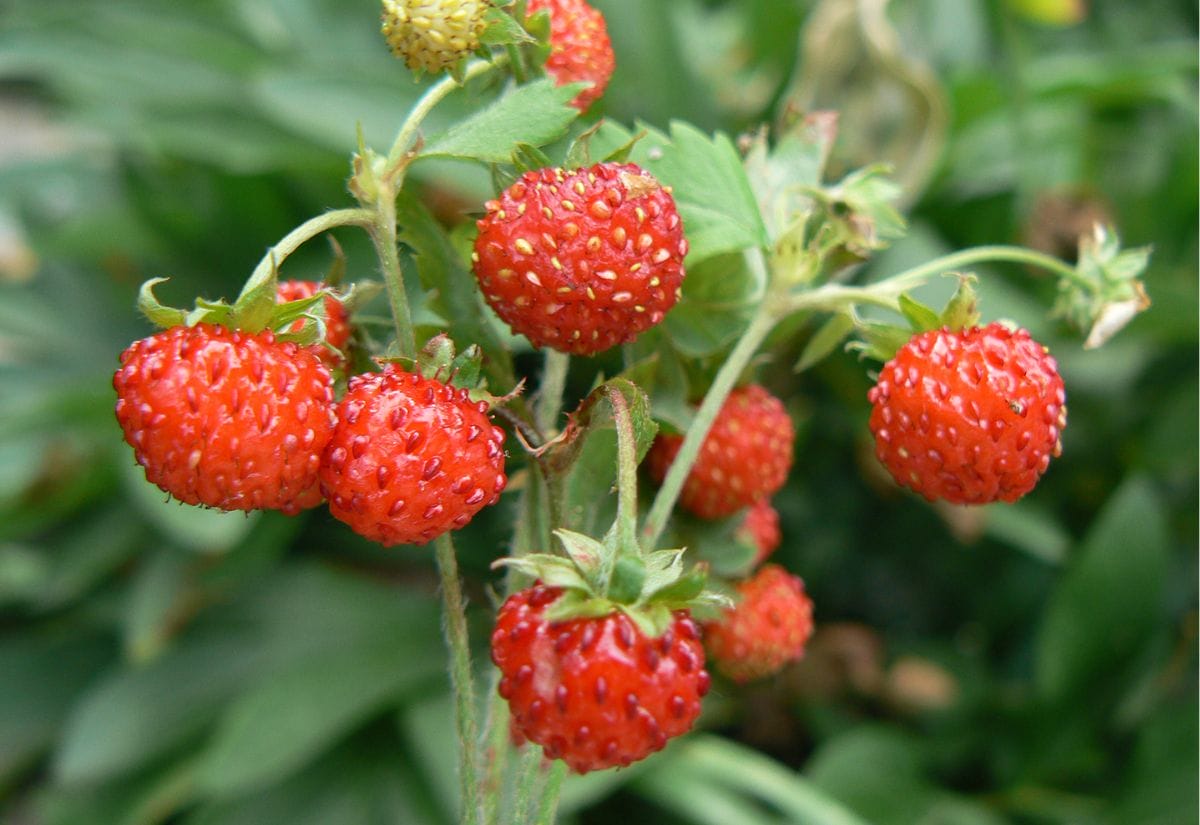
Wintergreen Berries (and Leaves)
Known for their minty flavor, wintergreen berries and leaves are excellent for making teas, syrups, or candies.
- Season: Late fall to winter (November to February)
- Where to Find Them: Forest floors in northern Maine, especially in areas with sandy or rocky soil.
- Habitat: Low-growing plant with red berries and glossy green leaves.
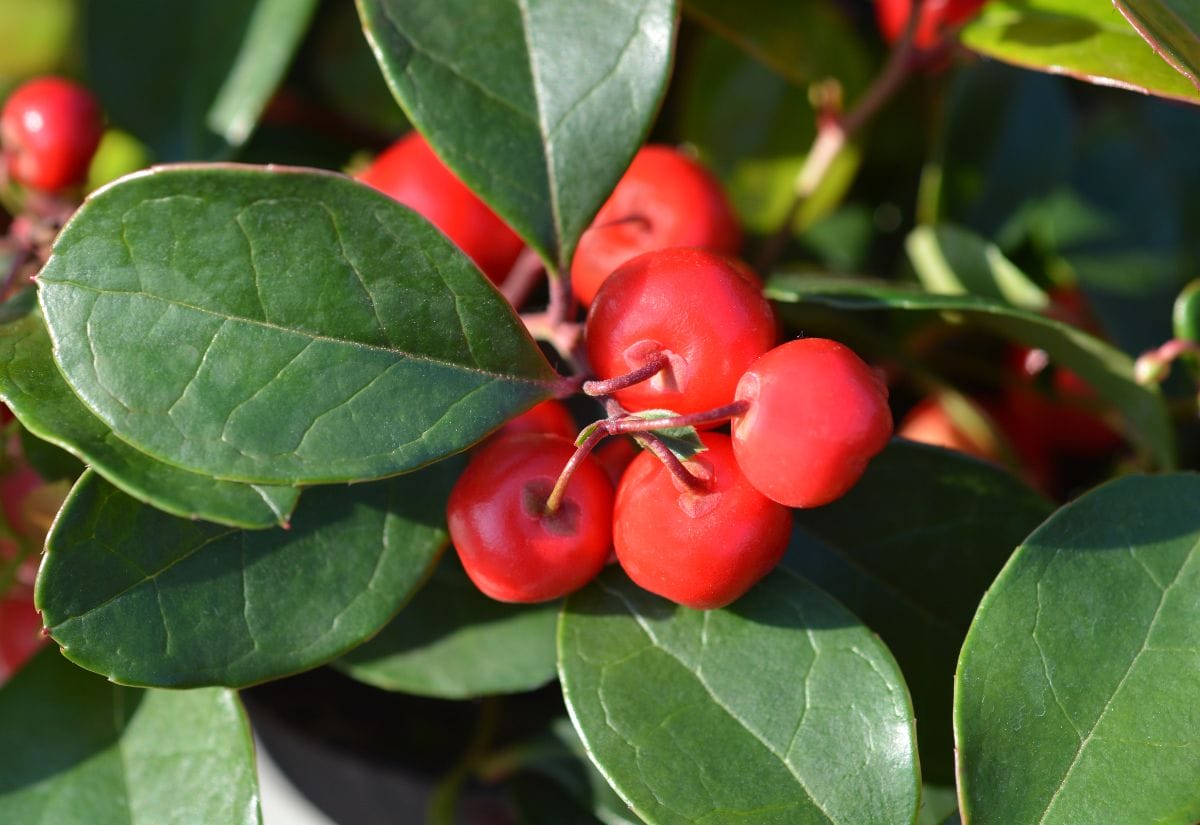
Wild Blackberries
Wild blackberries are larger and juicier than their raspberry relatives, with a sweet yet tart flavor perfect for jams, cobblers, or simply eating fresh.
- Season: Mid to late summer, from late July through August.
- Where to Find Them: Forest edges, old fields, and overgrown clearings in Maine’s countryside.
- Habitat: Thorny canes thrive in sunny, disturbed areas with fertile, well-drained soil.
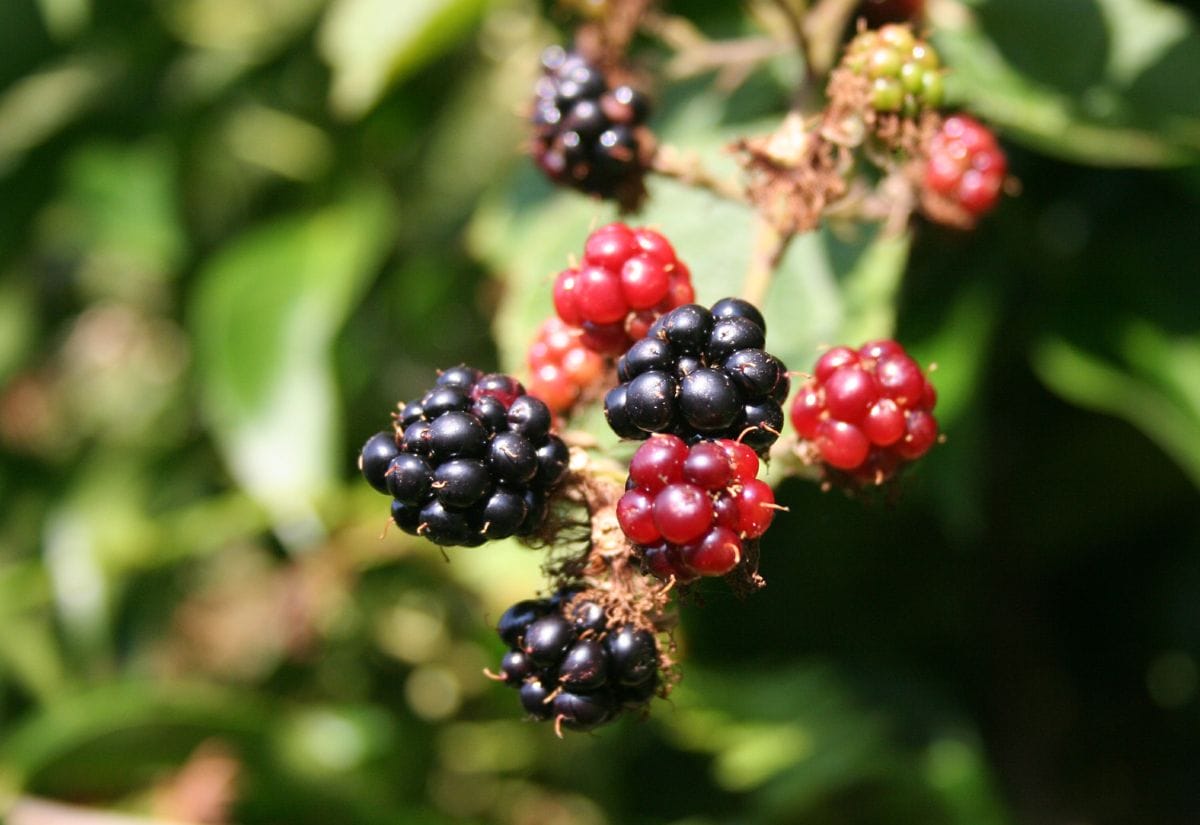
Wild Raspberries
Wild raspberries are smaller than their cultivated counterparts but deliver an intense sweetness that’s perfect for snacking, baking, or making jams and syrups.
- Season: Mid to late summer, typically July through August.
- Where to Find Them: Along roadsides, forest edges, and sunny trails throughout Maine.
- Habitat: Brambles grow in sunny, open areas with moist but well-drained soil.
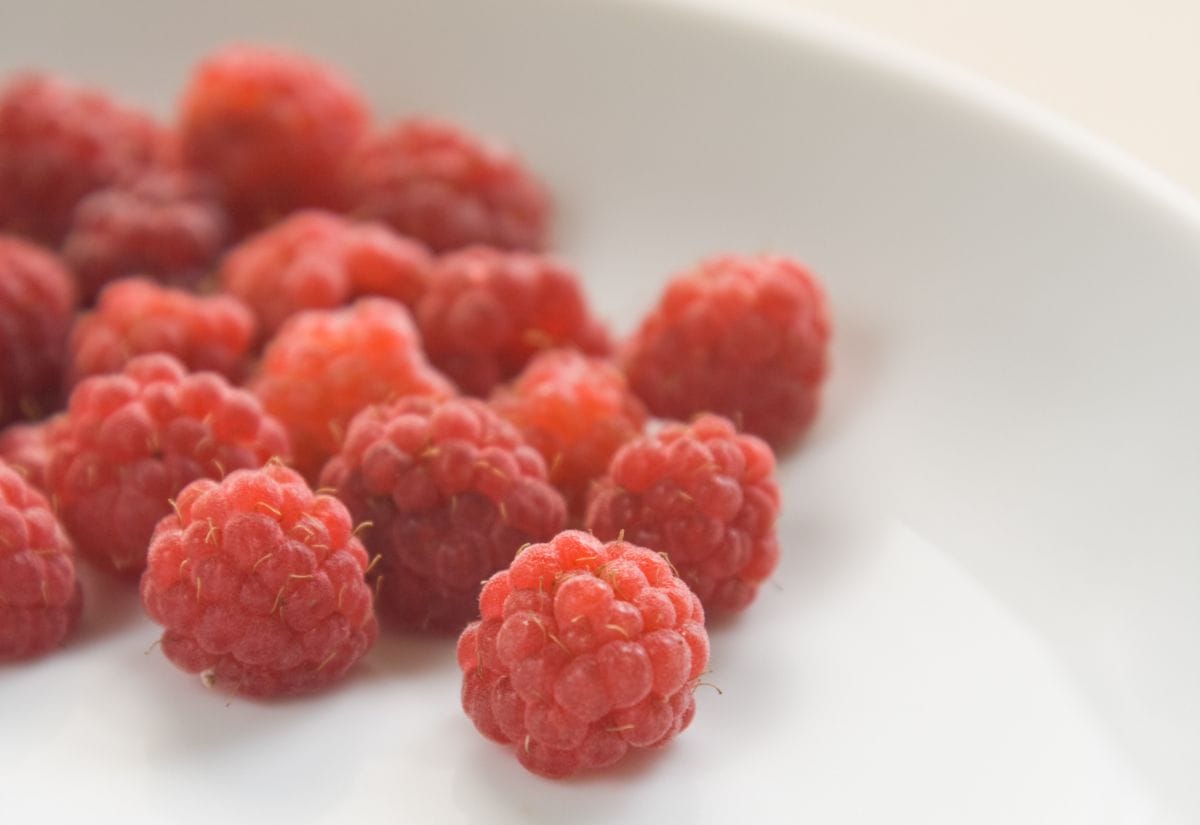
Chanterelle Mushrooms
These golden, trumpet-shaped mushrooms are prized for their delicate, peppery flavor and meaty texture. They make a delicious addition to pasta, risotto, or a simple sauté with butter and garlic.
- Season: Late summer to early fall (August to October)
- Where to Find Them: Hardwood forests in central and southern Maine, especially near oak and birch trees.
- Habitat: Grows in clusters on the forest floor, often in mossy areas. Bright orange color makes them easy to spot.
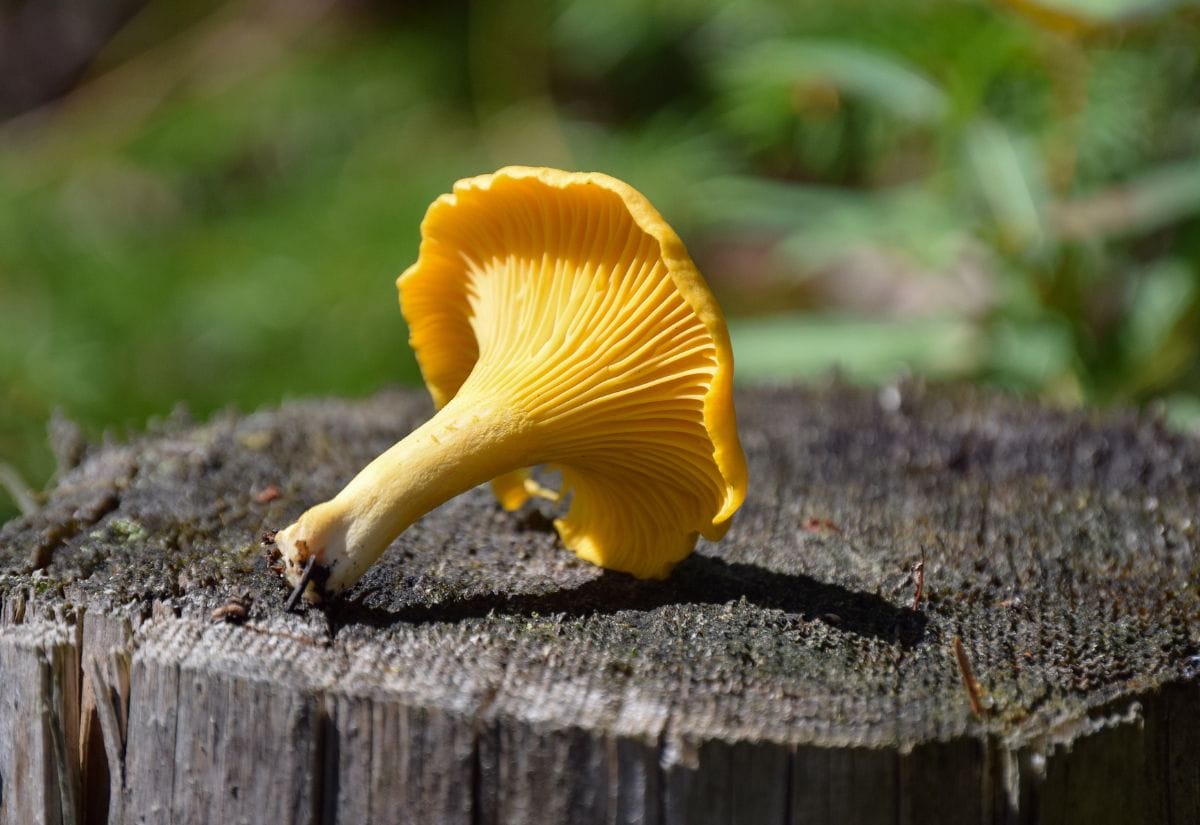
Hen of the Woods (Maitake)
This large, frilly mushroom has a rich, earthy flavor and a meaty texture, making it an excellent vegetarian substitute for meat in stews or stir-fries.
- Season: Late summer through fall, often August to October.
- Where to Find Them: In hardwood forests across Maine, often at the base of oak trees.
- Habitat: Found growing in clusters around the base of mature oak trees, preferring moist, shaded conditions in undisturbed woodlands.
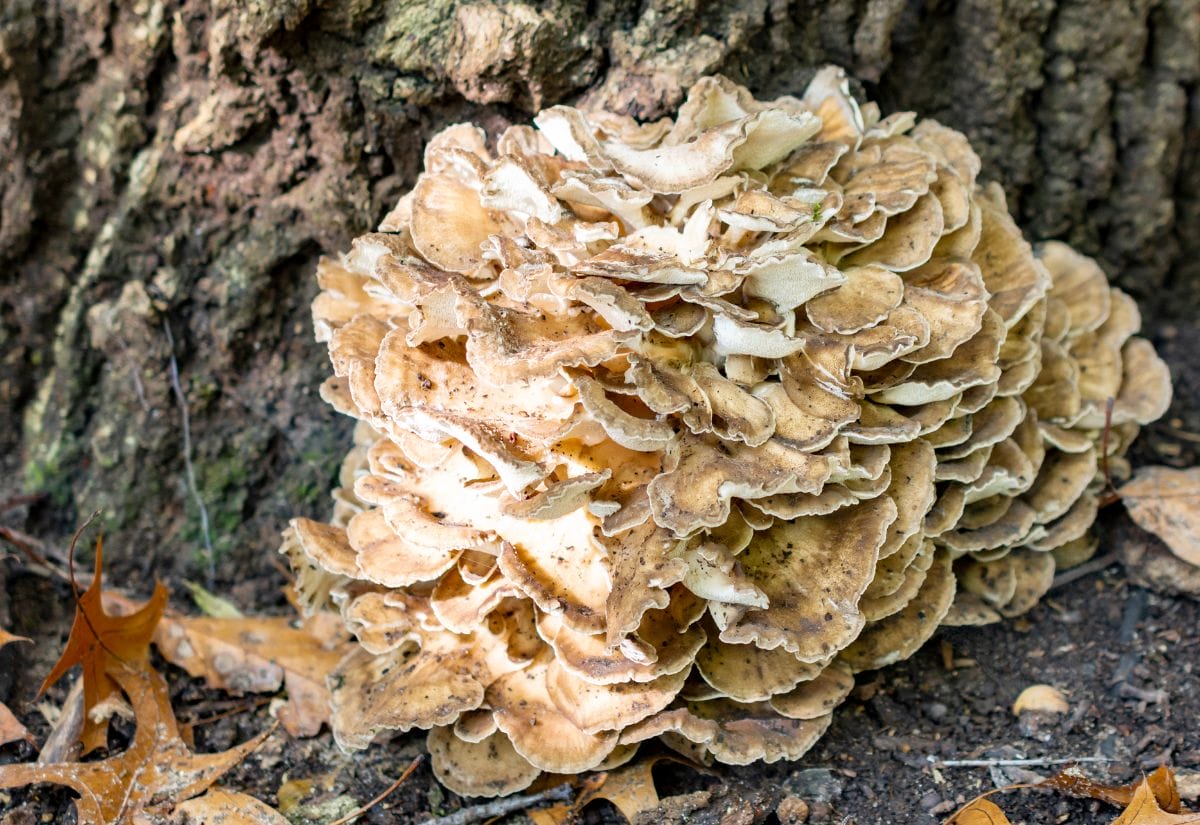
Boletes (Including King Bolete/Porcini)
Boletes, particularly the prized king bolete (porcini), are a forager’s dream with their rich, nutty flavor that enhances risottos, soups, and sautés.
- Season: Summer through fall (July to October)
- Where to Find Them: Mixed forests in western Maine, such as near Rangeley or Moosehead Lake.
- Habitat: Grows under coniferous or deciduous trees, often near pine or spruce.
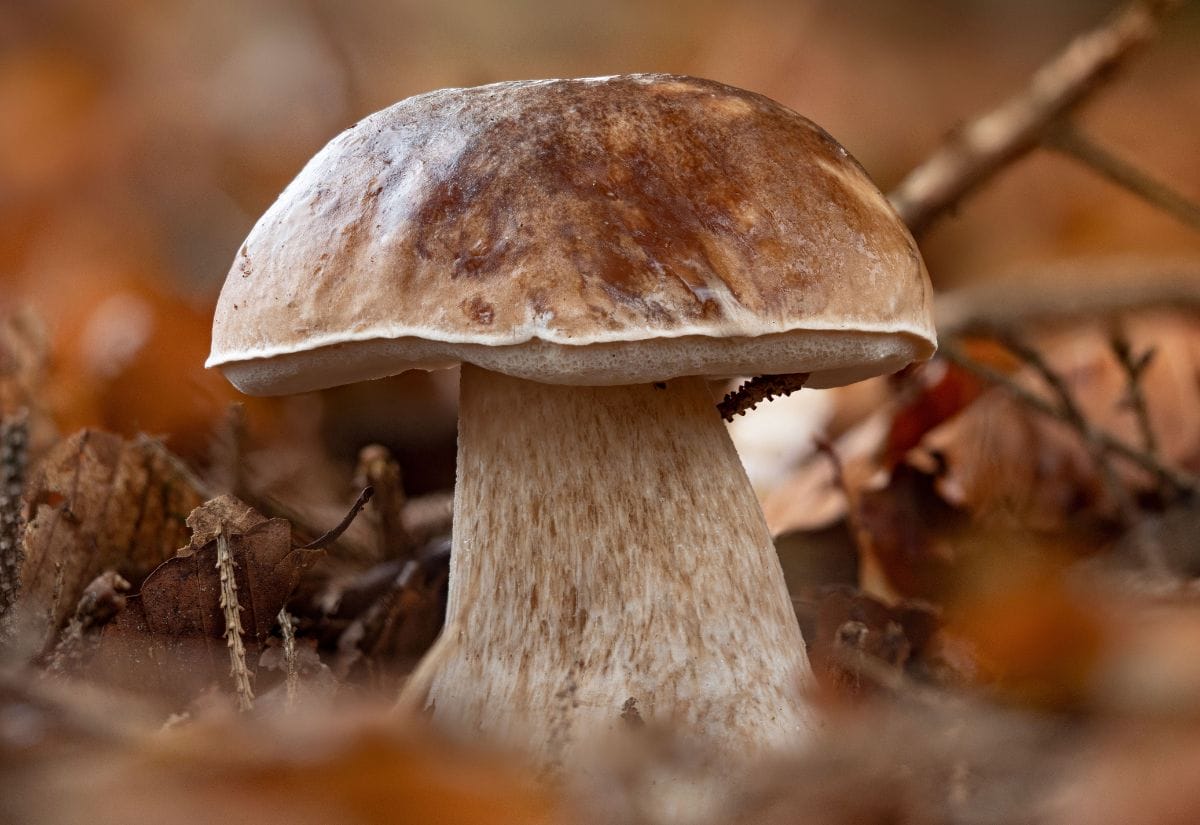
Morel Mushrooms
Morels have a rich, earthy flavor and meaty texture. They’re often sautéed in butter, added to creamy sauces, or used in soups and pasta.
- Season: Late April to June, depending on the spring weather.
- Where to Find Them: Forests, especially in areas near elm, ash, or apple trees. They are often found in recently disturbed areas, such as logging sites, burned forests, or floodplains.
- Habitat: Found in moist, well-drained soil; along riverbanks, in old orchards, and in areas with decaying organic material.
Acorns and Beechnuts
Acorns and beechnuts are lesser-known but highly nutritious foraged foods, valued for their earthy, nutty flavor. Acorns can be leached of tannins and ground into flour for baking, while beechnuts are best roasted and enjoyed as a snack.
- Season: Fall (September to November)
- Where to Find Them: Oak and beech forests, such as those in western Maine’s White Mountain foothills.
- Habitat: Found on the ground beneath trees.
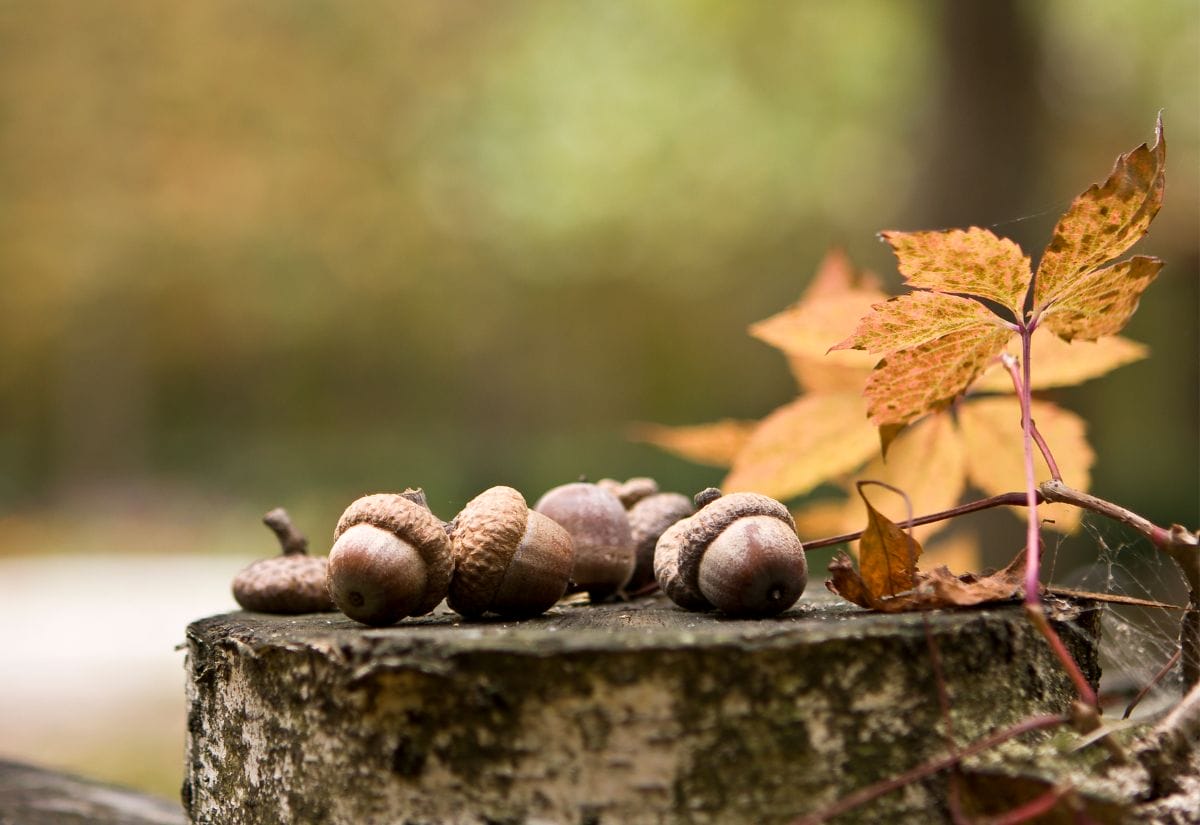
Safe Foraging Practices in Maine (+ Beyond)
Foraging in Maine is a rewarding experience, but it’s important to follow safety guidelines to protect both yourself and the environment:
- Learn to Identify Plants and Mushrooms: Use a trusted field guide or join a local foraging group. Many edible plants have toxic lookalikes, such as false chanterelles and inedible berries.
- Respect Private and Protected Land: Always ask for permission before foraging on private property. Avoid foraging in protected areas where it’s prohibited.
- Harvest Sustainably: Only take what you need and avoid overharvesting. For instance, leave at least half of the fiddleheads or berry crop to allow regrowth.
- Avoid Contaminated Areas: Steer clear of roadsides, industrial sites, or areas treated with pesticides.
- Test New Foods Gradually: Introduce wild foods to your diet slowly to ensure you don’t have an allergic reaction.
Frequently Asked Questions About Foraging in Maine
Tips for Successful Foraging in Maine
- Use Local Resources: Maine has several foraging clubs and guided tours that can help beginners identify and locate edible plants.
- Gear Up: Bring a basket or mesh bag for mushrooms, pruning shears for plants, and gloves for handling thorny or unfamiliar items.
- Time Your Forays: Early mornings are best for foraging, as plants and mushrooms are often fresher and easier to spot.
If you’re ready to take your foraging skills to the next level, Foraging New England: Edible Wild Food and Medicinal Plants from Maine to the Adirondacks to Long Island Sound is a fantastic resource. Packed with detailed descriptions and illustrations, this book will help you confidently identify and harvest wild edibles throughout the region, including right here in Maine.
Love foraging? Pin this resource for your next adventure!
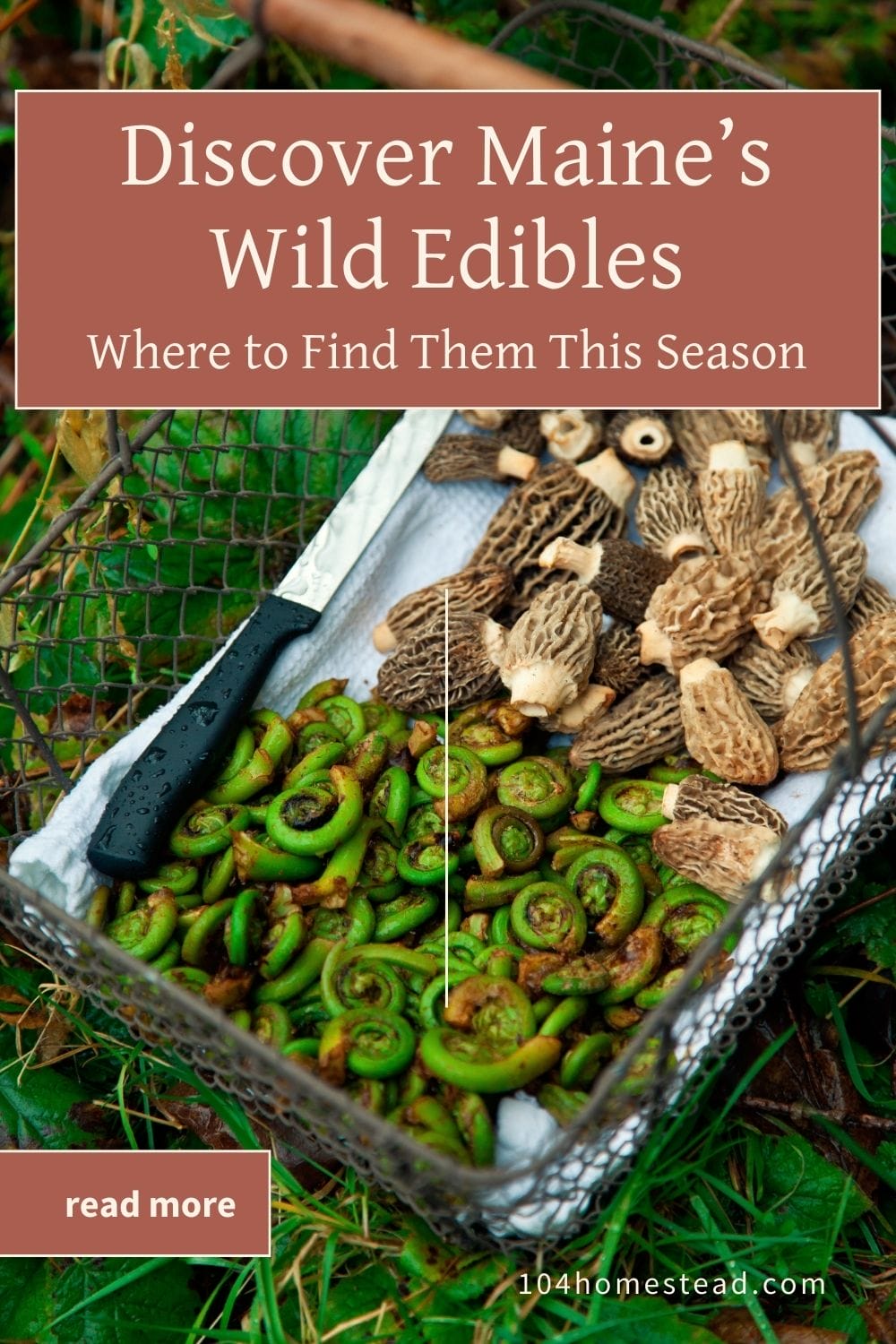
Foraging in Maine connects you to the land in a deeply rewarding way. From the first fiddleheads of spring to the bright berries of summer and the mushrooms of fall, Maine offers something for every season.
If you’re not ready to explore far and wide, consider exploring the abundance of edible plants that might be growing right in your own backyard. And once you’ve gathered your foraged bounty, try preserving your finds with unique recipes like a honey and rosemary brine for wild onions—it’s a delicious way to savor the flavors of the wild.
What’s your favorite wild edible to forage in Maine? Share your experiences in the comments below!




